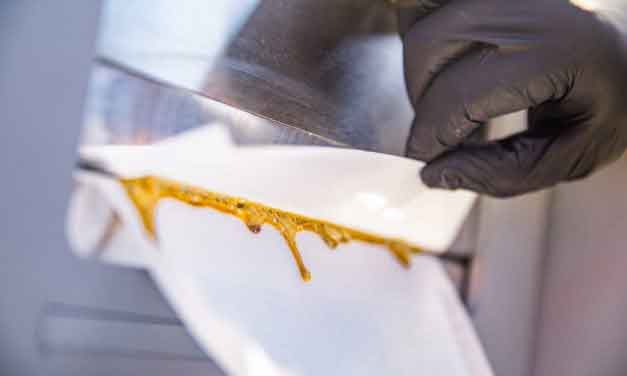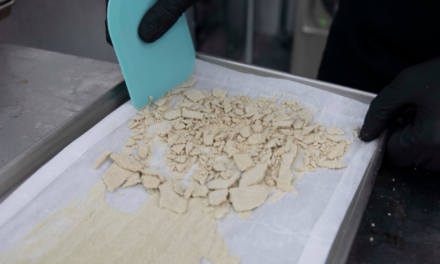From its ancient origins in the foothills of the Himalayas, cannabis today has found a home in almost every corner of the globe. And, while cannabis concentrates are all the rage, Hashish – the OG of concentrates – has a long and interesting history all of its own.
The world’s oldest cannabis concentrate has seen empires rise and fall, yet hashish remains as popular today as ever. But where did it come from? Let’s delve into the story of how Hashish took over the world.
Origins of Hashish
While the historical record of cannabis stretches back millennia and is relatively well documented, the origins of hashish on the other hand remain a mystery. Who originally invented hashish is a complete unknown.
However, it’s unlikely it was down to one bright spark who happened upon it one day. As anyone who’s harvested cannabis flower can tell you, hashish simply builds up on your hands as you work. Most likely, hashish ushered itself into existence as a natural byproduct of cannabis cultivation. Hashish’s origins may be unknown, but it did first achieve cultural relevance in the Middle East.

Arabian Nights
When hashish officially made it’s splash in the record books, it did so with aplomb. Around the end of the first millennia, 900 CE, the first mentions of hashish in the historical record appear in the Arab kingdoms. For centuries, cannabis was used in the Arab world, having been introduced from China for its fibers and medicinal properties, but Hashish didn’t appear until much later.
Whether it was introduced by conquest or trade isn’t certain, but most scholars believe that the ancient Sufi’s, the great mystical branch of Islam, were responsible for hash’s propagation. The Sufi’s are a sect of Islam that have a long historical connection to cannabis. They were among the first to use it for its psychotropic properties, principle by eating concentrated cannabis resin, Hashish.
For centuries the Sufis would travel the Islamic world disseminating hashish as a means to connect with god. And so, hash found its way into everyday life. Hashish would appear in 1001 Arabian nights and was discussed extensively in government at the time. But, despite its popularity with ordinary people, the ruling classes, were less than amused.
At the time, a split was occurring within Islam. As cannabis was not forbidden by the Quran, the introduction of Sharia law attempted to change that. Not only was cannabis banned, but also music and dancing as well. For the Sufi’s, who saw music, dancing, and cannabis as a means to connect with god, this was unacceptable, and they disobeyed. Despite attempts to suppress its use, cannabis would remain an integral part of the Muslim world.
Between the 8th and 14th century CE is known as the Islamic Golden Age, and at its height, the caliphate, stretched from what is now modern-day Afghanistan and Pakistan, though the middle east, northern Africa and into Spain. Hashish was traded ostensible, and even found a new home, in Morocco.
The Rise of European Colonialism
While the Islamic Golden Age was coming to an end, new players were about to enter the world stage. After centuries in the Dark Ages, Europe was finally stepping out into the light, and the age of discovery began. First Portugal, then Spain, and then followed by the Netherlands, France and England; the European colonialists expanded to both the recently discovered New World of the Americas and the old one of Asia.
In fact, it was the search for trade links with China and India that brought Europe into contact with hashish. The colonialists were in search of spices, sugar and fabrics, but by connecting to the Silk Road and the trading hubs of the Middle East, hashish came along for the ride.
Europeans simply loved hashish, and with the introduction of the new world crop, tobacco, the mix took Europe by storm. In fact, the grand European tradition of mixing cannabis and tobacco started right here and is popular to this day.
Reefer Madness
With the 20th century introduction of global cannabis prohibition, a new era of clandestine smuggling was ushered in. Where there is demand, there will be supply, and millennia old trade routes didn’t disappear when cannabis was made illegal. And, of course, neither did the world’s appetite for it.
For those who dared, smuggling hashish into Europe became incredibly lucrative. For example, world famous smugglers like Howard Marks more commonly known as Mr. Nice fame, would continue to bring hashish in to European markets, and others would continue the global trade in cannabis. In spite of its prohibition, hashish’s popularity never waned.
Hash Today
As we stand on the cusp of legal cannabis, all manners of new consumption methods and new forms of cannabis extracts have been brought to the market, but hash has remained as popular as ever. This age-old concentrate even has new production methods of its own, with dry sift, and bubble hash varieties looking to carry the torch. Clearly, hash’s legacy is here to stay.






Trackbacks/Pingbacks